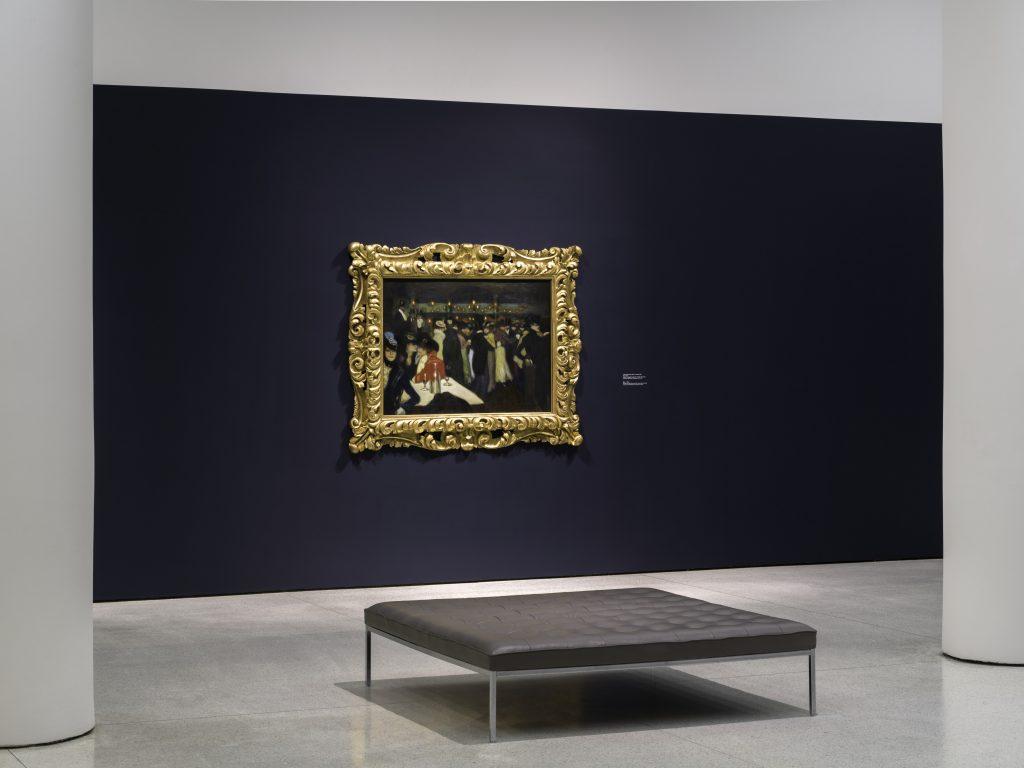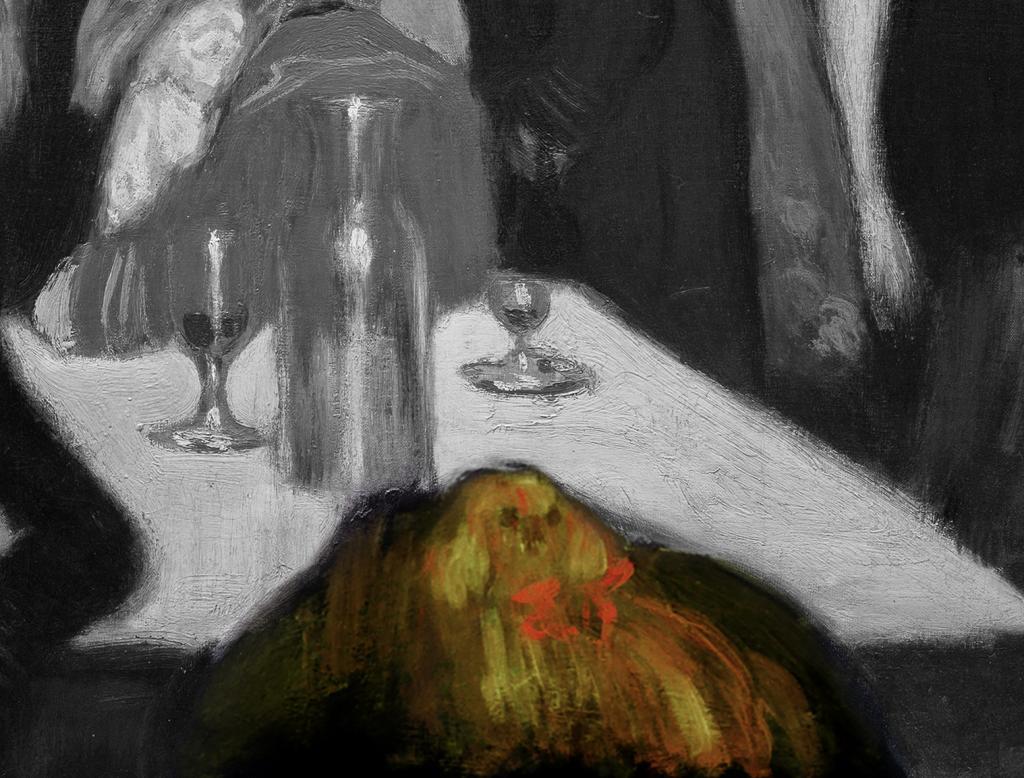(MENAFN- USA Art News) Fifty years after his death, Picasso's oeuvre still holds thrills-like the suspected image of a dog that a team of conservators just discovered beneath the surface of his Parisian nightlife scene La Moulin de la Galette (1900).
Picasso's take on the thrumming titular Bohemian hotspot plays centerpiece to“Young Picasso in Paris,” the Guggenheim's contribution to global exhibitions commemorating the artist's legacy this year . On view through August 7, the show explores the artist's love affair with the City of Lights through 10 paintings and drawings he created during his first year in Paris.

Installation view of“Young Picasso in Paris” at the Solomon R. Guggenheim Museum. Photo: Midge Wattles © Solomon R. Guggenheim Foundation, New York.
Prior to putting La Moulin de la Galette on display for the first time in 50 years, Guggenheim conservators collaborated with peers from the Metropolitan Museum of Art and the National Gallery of Art to clean grime off the painting-and delve into its history.
The technology they used isn't too new. A 2017 X-radiography scan of this work, in fact, showed Picasso switched the gender presentations of two figures, stage right. The latest efforts, however, combined X-ray fluorescence with infrared and visible reflectance to craft a false-color image of the work's red, white, and yellow pigments. Employing more than one methodology exposed unseen subtleties in the artist's technical approach-alongside erased components like a King Charles Spaniel, hidden beneath a semi-sheer splotch.

Detail of the lower-left corner of Picasso's , with inset optimized, false-color image approximating the appearance of the underlying dog that Picasso eventually concealed. Imaging by Elena Basso, Silvia Centeno, John Delaney © 2023 Estate of Pablo Picasso / Artists Rights Society (ARS), New York.
“It would not have been unusual for canines, especially small lapdogs, to be present in Montmartre dance halls,” curator Megan Fontanella told Artnet News. Another street scene from the same year titled Leaving the Exposition Universelle, Paris features two visible dogs in the foreground.
Why Picasso would remove such a lovable feature from remains unclear, especially when his ardor for his own dog Lump is well-known . Most theories point to aesthetics: the direct gaze and debonair red bow on this show-stopping creature would arrest attention on sight, distracting from the swirl of the partygoers.
“In leaving behind hints or vestiges of his compositional changes, it could simply be a matter of Picasso working in haste and not always bothering to completely obscure his reworkings,” Fontanella mused. Maybe the artist got an impish enjoyment from leaving behind clues.“The 19-year-old Picasso could hardly have imagined that scientific advances would today afford us the opportunity to visualize, through technical imaging, his underlying compositions,” she said.
Julie Barten, the senior painting conservator from the Guggenheim who led this project, noted that while they're not planning deep dives into any additional paintings throughout this show,“conservation scientists continue to discover more and more examples of Picasso reworking compositions, so further discoveries are indeed likely.”